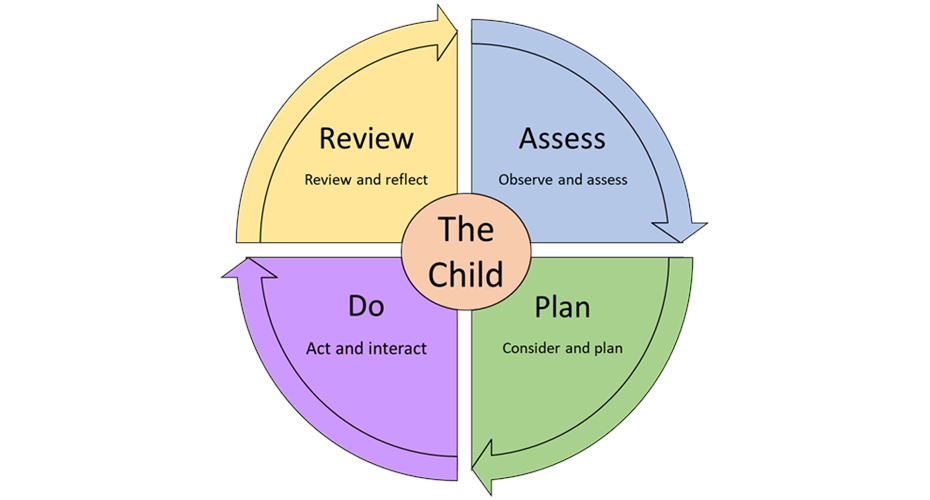Page Contents

Developing Policy
A SEND policy will help ensure that all stakeholders in a setting understand how children with SEND will be identified and supported and who will take on which role in supporting them.
Processes and Practice
In this section, you should clearly explain your processes and practice around SEND. It is the ‘how to’ guide which captures what your setting does to identify and meet the needs of children with emerging needs and SEND.
You may find it helpful to use the following format which helps to ensure that all parts of the graduated approach are covered.


